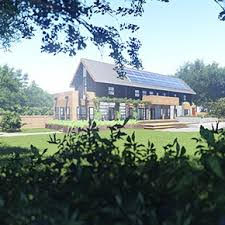 RainBank Rainwater Systems of Seattle is excited to begin building the rainwater collection system for Heron Hall, on Bainbridge Island.
RainBank Rainwater Systems of Seattle is excited to begin building the rainwater collection system for Heron Hall, on Bainbridge Island.
Heron Hall is the creation of Jason McLennan, who’s bio describes him as: Considered one of the most influential individuals in the green building movement today and the recipient of the prestigious Buckminster Fuller Prize, Jason F. McLennan’s work has made a pivotal impact on the shape and direction of green building in the United States and Canada and he is a much sought after designer, presenter and consultant on a wide variety of green building and sustainability topics around the world. McLennan serves as the CEO of McLennan Design and is the Founder and Chairman of the International Living Future Institute – a leading NGO that focuses on the transformation to a world that is socially just, culturally rich and ecologically restorative.
An Ashoka Fellow, Jason is the founder and creator of the Living Building Challenge, widely considered the world’s most progressive and stringent green building program. He is the author of five books; The Philosophy of Sustainable Design, The Dumb Architect’s Guide to Glazing Selection, The Ecological Engineer, Zugunruhe and Transformational Thought.
RainBank worked with 2020 Engineering’s Mark Buehrer, PE on design of the rainwater collection system, which will be the sole source of water for this residence, designed to be one of the world’s greenest homes.
Please watch the video below, and follow along with RainBank’s and Jason’s blogs on the construction of this magnificent home that will be a standard of the Living Building Challenge.

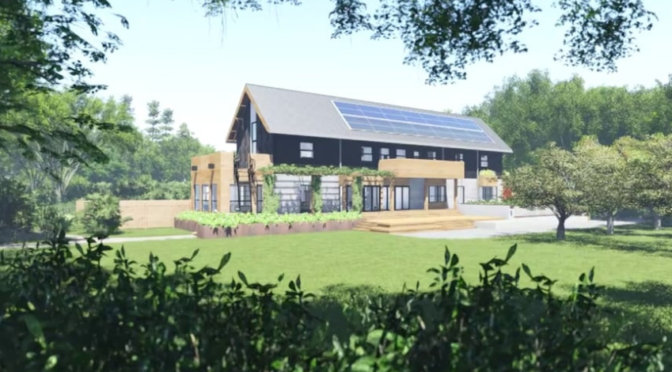
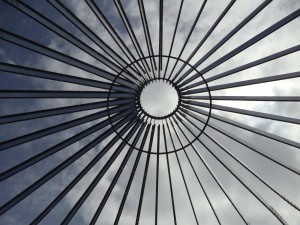
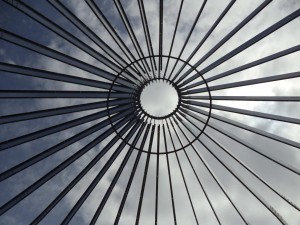 Future Rainwater Harvesting Engineer Seeks Help from RainBank
Future Rainwater Harvesting Engineer Seeks Help from RainBank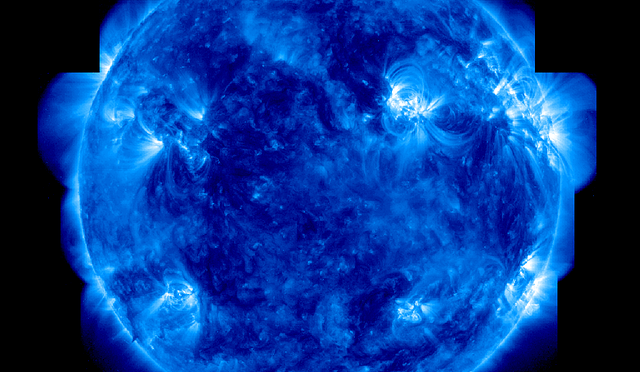
 There are several stages to building a successful, potable rainwater collection system. Here is an article originally published in June 2014, under the title
There are several stages to building a successful, potable rainwater collection system. Here is an article originally published in June 2014, under the title